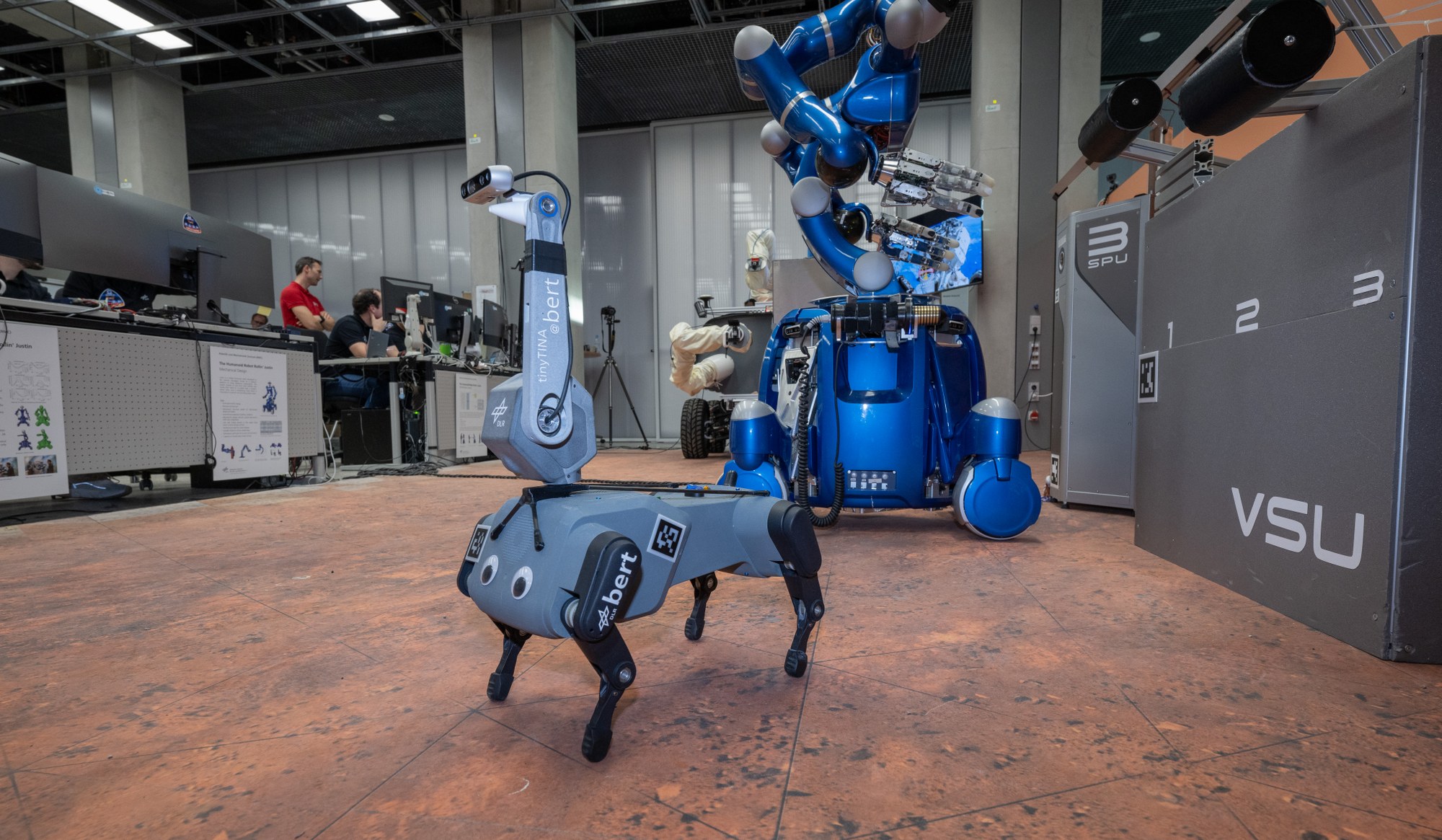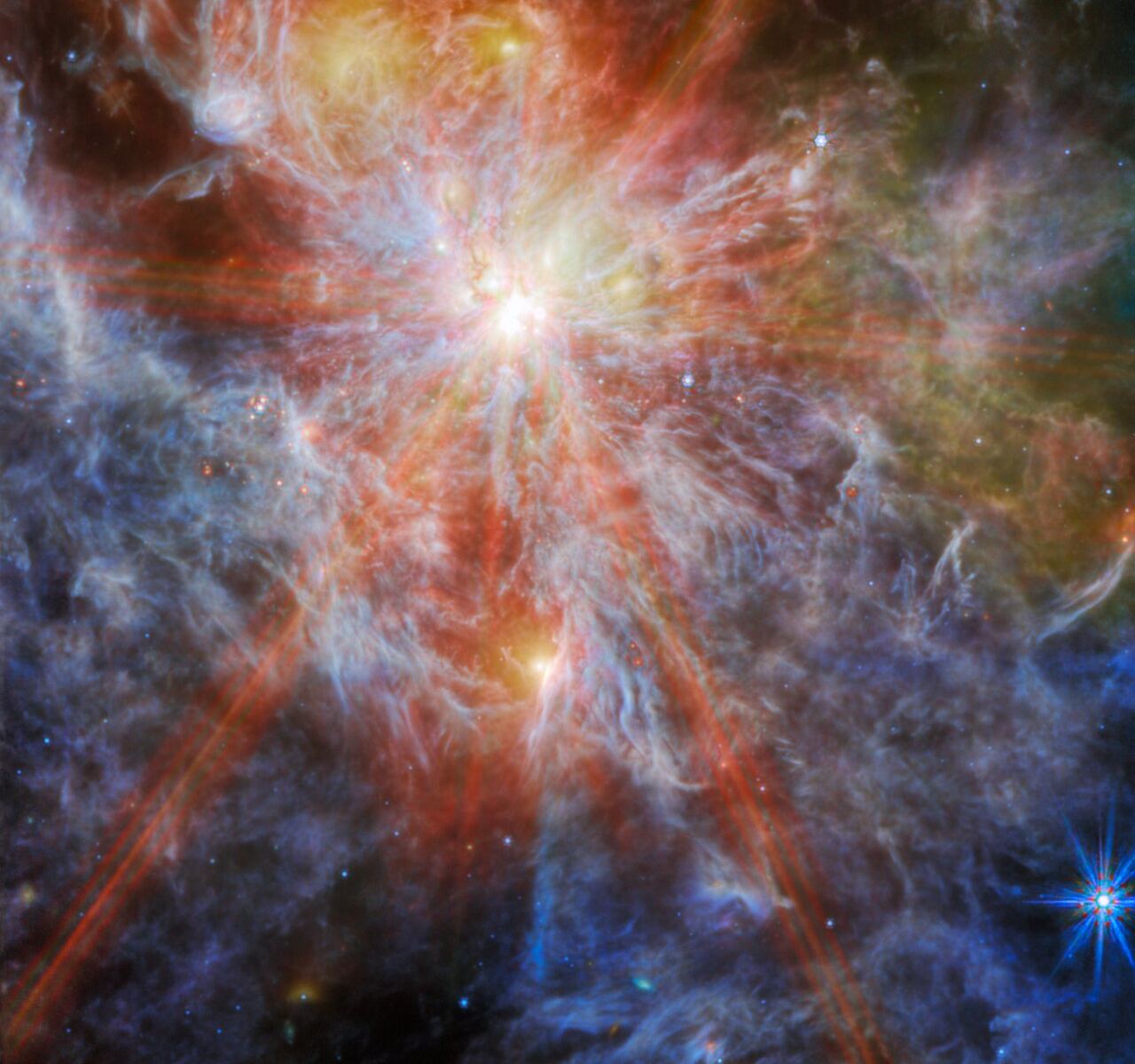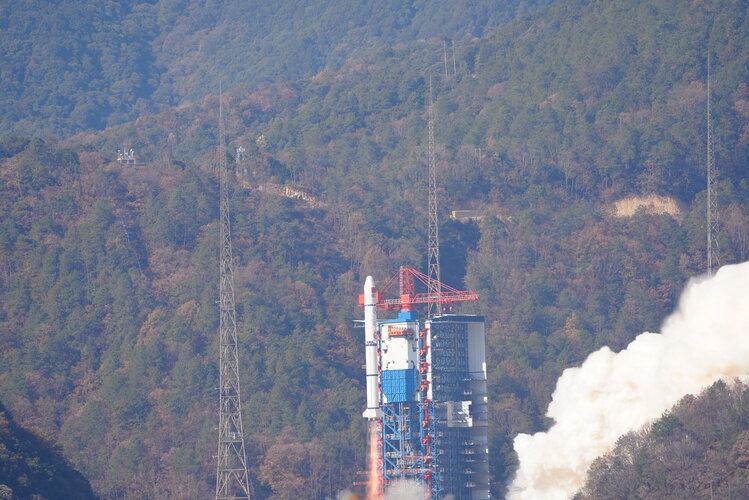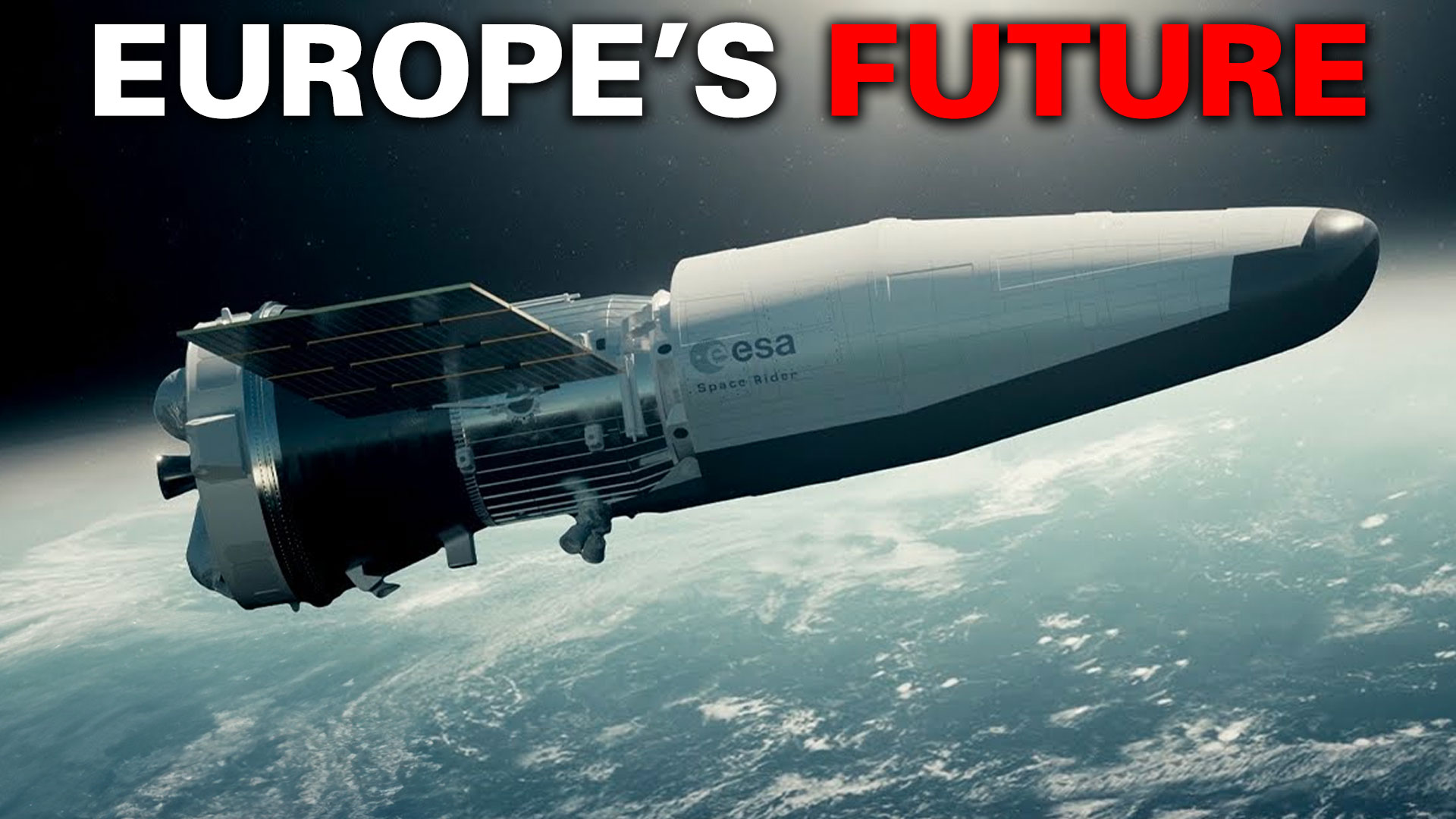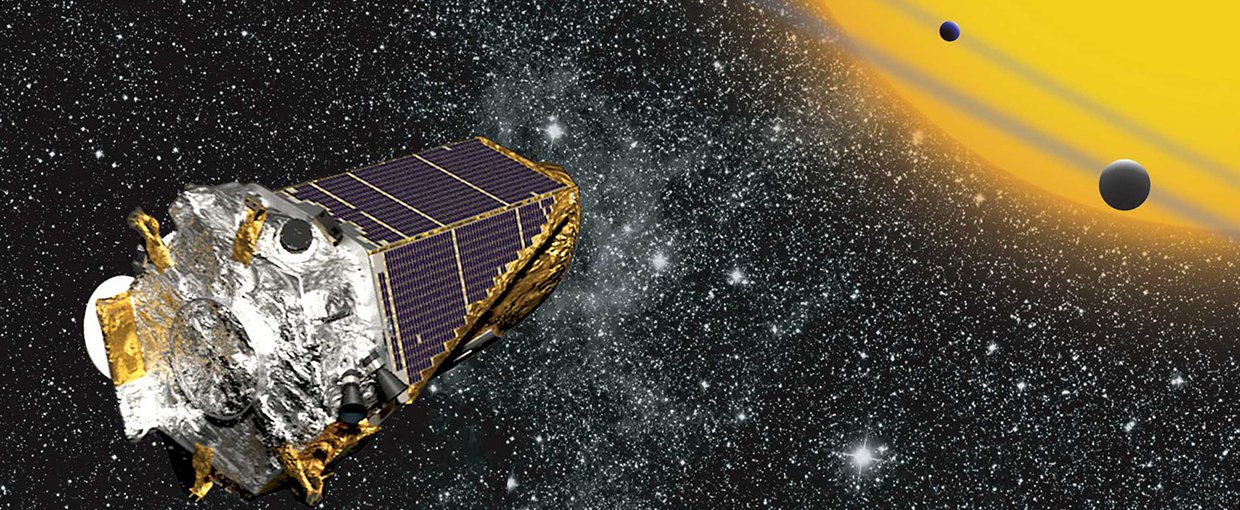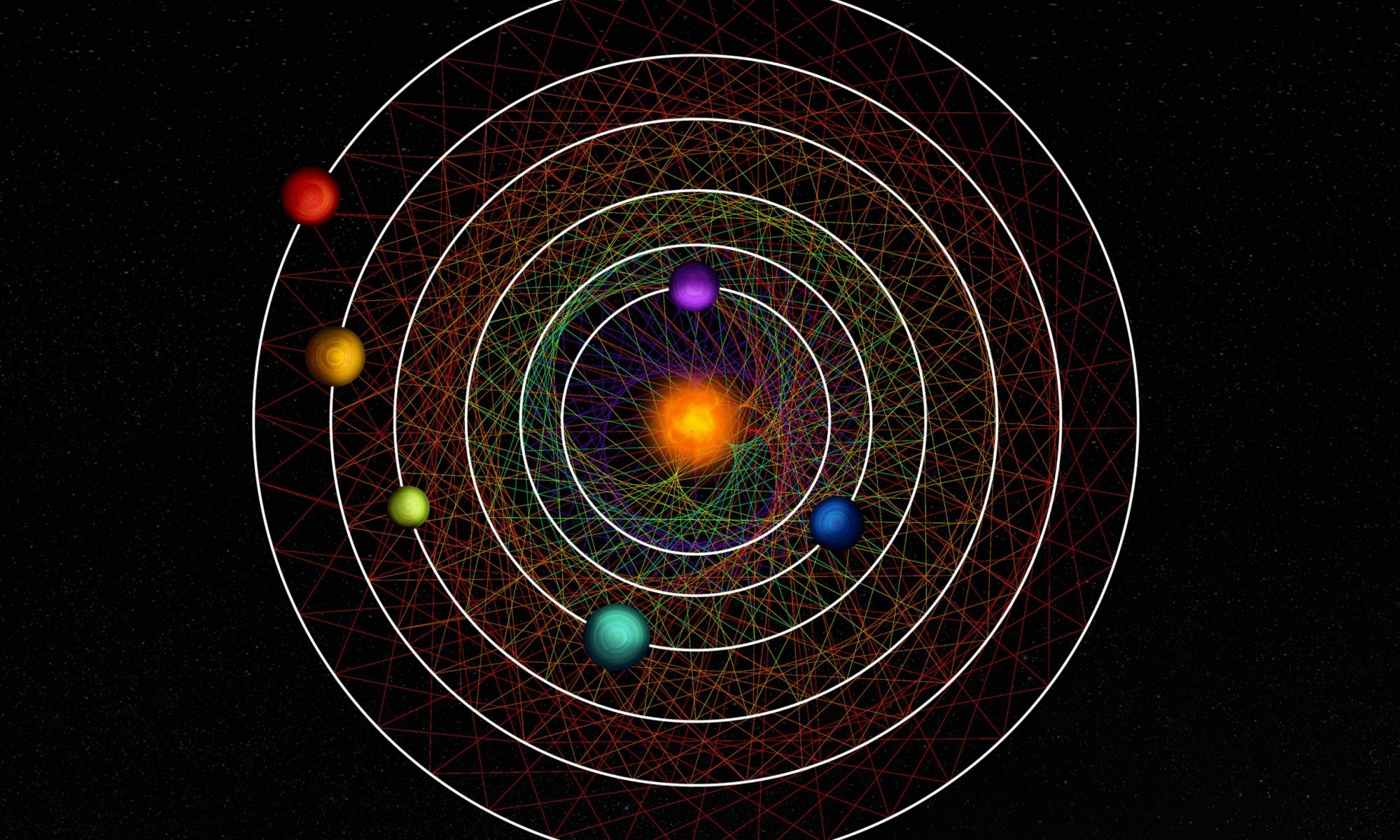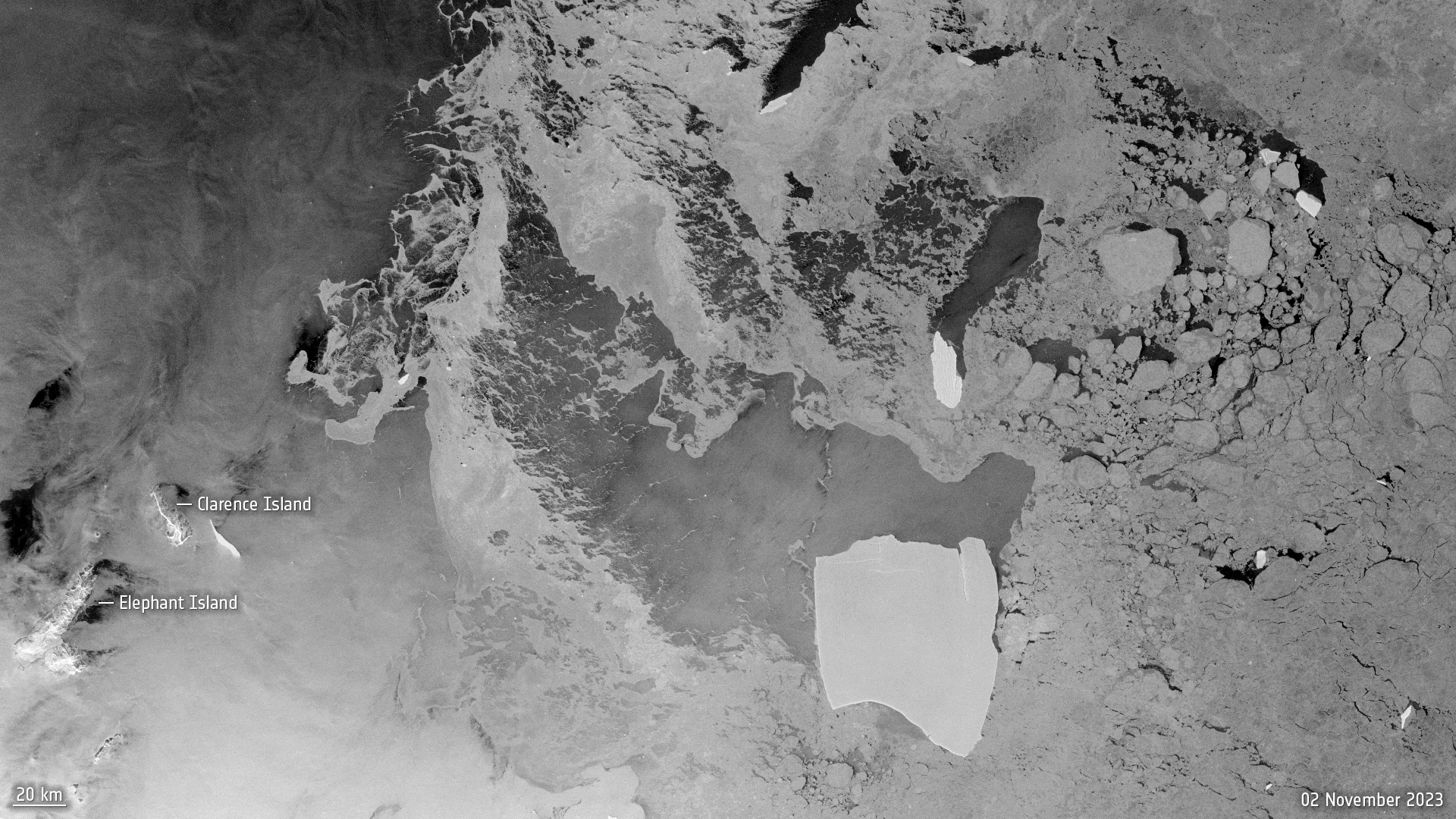Swedish astronaut Marcus Wandt took control of a series of robots in Germany while on board the International Space Station, zipping around the Earth at 28,000 kilometers per hour (17,500 mph.) Researchers want to understand how time delays can affect the remote control of robots from an orbiting platform. Future astronauts could control rovers on the Moon’s or Mars’s surface from a spacecraft in orbit. Until now, only wheeled rovers have been part of the tests, but now they have added a dog-like robot called Bert.
Continue reading “An Astronaut Controls a Robotic Dog From Orbit”An Astronaut Controls a Robotic Dog From Orbit
